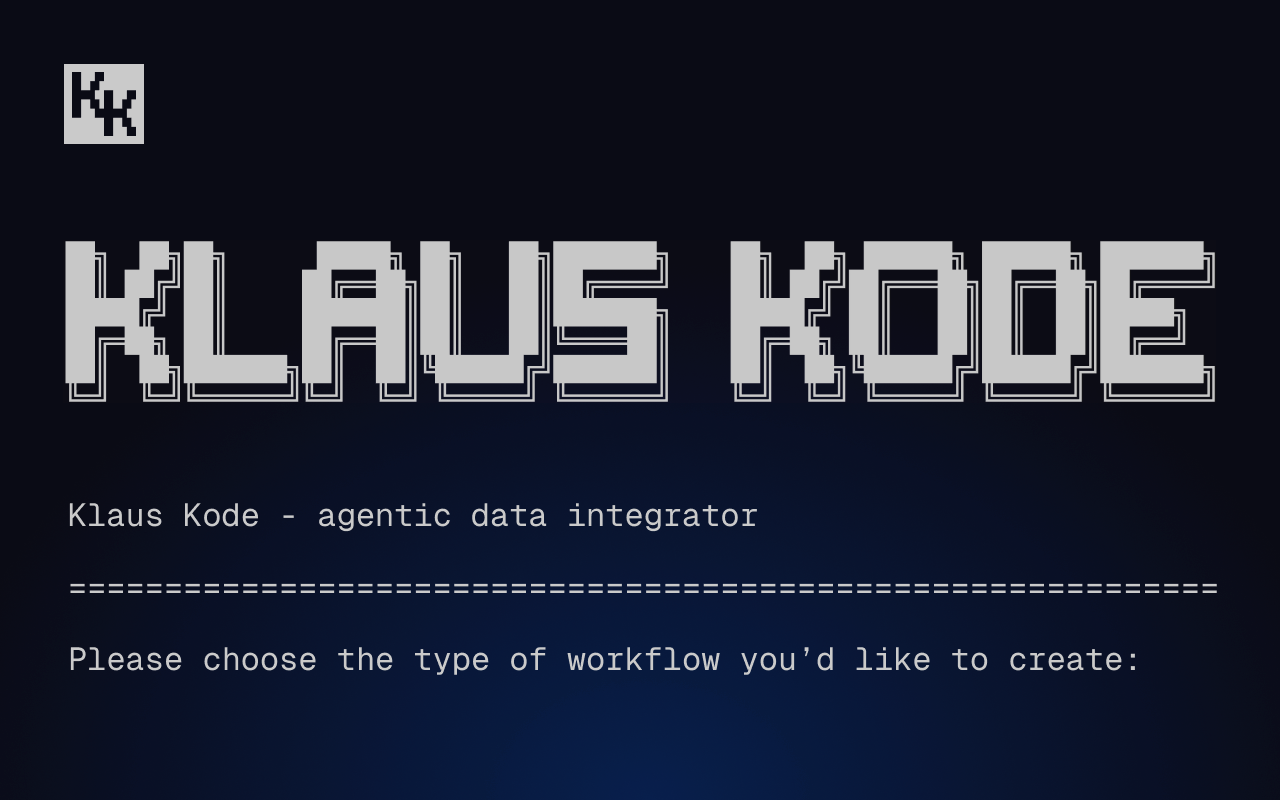How to progress on the data maturity journey, from data silos to machine learning
The data maturity model starts with data silos and ends with automation and machine learning. Here’s how to move through the journey and overcome the challenges of each.
What stage of the data maturity journey is your company at?
In my last post, I talked about where Quix fits into the market for event stream processing technologies, providing a middle ground between the complexity of managing DIY components and the expense of proprietary enterprise platforms. But it’s also important to understand where Quix fits on a company’s journey to data maturity.
To aid in understanding, we’ll refer to a simple data maturity model:

Data silos
Companies typically start their data journey with prepackaged analytics tools that do just what they need at the moment. Think Google Analytics, accounting tools and even spreadsheets that track KPIs. There isn’t a unified strategy behind what data is collected, how it’s stored or how the different tools will work together.
At this stage, data is being used within business units and companies usually don’t have a data team or even a data engineer.
Eventually, companies outgrow this mess of redundant, disconnected tools and start looking for ways to combine data in one place for more advanced analytics. This drives companies to start the transition from data silos to data integration.
Data integration
Data integration is the process of building data pipelines in which data is ingested from various sources, stored in a data lake or warehouse, transformed into something usable and then made available to business intelligence tools. It starts to bring more consistency to the way data is collected, stored and used.
How you choose to integrate your data will determine how easily and quickly your organization moves through the subsequent steps of data maturity.
Hiring a data engineer
Shifting from prepackaged analytics tools to data integration is a big step. A company will usually hire a data engineer or data analytics engineer to help it to do more with its data. That person is quite frankly faced with a data mess.
Data is coming in from different places and stored in siloed data tools. Often “non-data” people don’t fully understand why a data person can’t just smush the data together and make sense of it. Working with this type of data requires cleaning and organizing the data. This eats up time that could be spent on analysis and positions the data engineer as a gatekeeper between people within the company and the data they want to see.
The solution is data integration.
How is data integration typically done?
Up until recently, companies typically took one of two paths to data integration: hire more data engineers to build a bespoke system or combine low-code point solutions into a modern data stack that can be managed by a smaller team or single engineer. There are limitations with either path.
- Hire a bigger data team: Hiring a bigger data team takes significant financial resources and won’t immediately add value. It takes time to build data infrastructure and scalability will be limited by your in-house capabilities to expand and maintain increasingly complex data pipelines. This is especially true for use cases that require stream processing, which can be prohibitively hard to build and scale in house.
- Use low-code tools to build a modern data stack: Smaller teams and single data engineers are often drawn to point solutions that can be combined into a modern data stack. Taking this path enables data engineers to choose individual tools for ingestion, storage, transformation and business intelligence. It gets companies to the data integration step, but advanced data use cases require more components — and people with the skills to manage those components.
Quix offers a third option for data integration and beyond
Managing your own data infrastructure or assembling a modern data stack both lead to challenges when companies want to progress to more advanced use cases. Quix offers a third path that combines the ease of point solutions with a data infrastructure that can handle the most complex data use cases.
With Quix, a company can integrate their data and progress through the maturity model with just a data analyst engineer and a data scientist. We enable companies to move fast without managing infrastructure or hiring a big data team.
Quix is one solution that does an array of things, so engineers can manage the business logic in one place. This is much easier in the long run than trying to manage an array of point solutions with narrow capabilities. What’s more we empower people to work with data, even streaming date, in popular languages like Python and C#.
Analytics and business intelligence
A successful data integration creates pipelines for data to flow into a data warehouse or warehouses where it’s organized and ready to be analyzed. Companies can use this structured data to produce dashboards, perform advanced analytics and make smarter business decisions.
At this stage, companies might hire a data analyst or rely on a data analytics engineer to both manage the pipeline and business intelligence tools. Analyzing data enables companies to become data-driven, but they are still using the data to drive decisions, not actions.
Automation and machine learning
The final step in data maturity takes companies from using data for business intelligence to transforming data into action. Companies at this stage hire a data scientist to look at more ways to capture data and make it available across the organization. These can include predictive models, automation, machine learning applications and data products.
Behind the scenes, these models and applications might still use batch processing, working with data that was captured and brought into a warehouse. While batch processing can be fast, there is still room to reduce latency between an event and the subsequent action. This latency is usually fine for applications like business intelligence dashboards, but advanced use cases like fraud detection, route optimization, and chat moderation are more effective with real-time data or stream processing.
The move from batch processing to stream-processing can be one of the most difficult steps on the data maturity journey. The infrastructure and complexities are far beyond what a small data team can build and manage.
This is what Quix was built for. We empower small teams, even single engineers, to work with streaming data. And when you use Quix to integrate your data, you set up a fast track from data integration through real-time automation and machine learning applications.
Quix fast-tracks your data maturity journey
Data integration is a critical step on the data maturity journey and the best time to implement Quix. Talk with an expert about how Quix can help to advance your data maturity journey.

Check out the repo
Our Python client library is open source, and brings DataFrames and the Python ecosystem to stream processing.

Interested in Quix Cloud?
Take a look around and explore the features of our platform.

Interested in Quix Cloud?
Take a look around and explore the features of our platform.

.svg)






